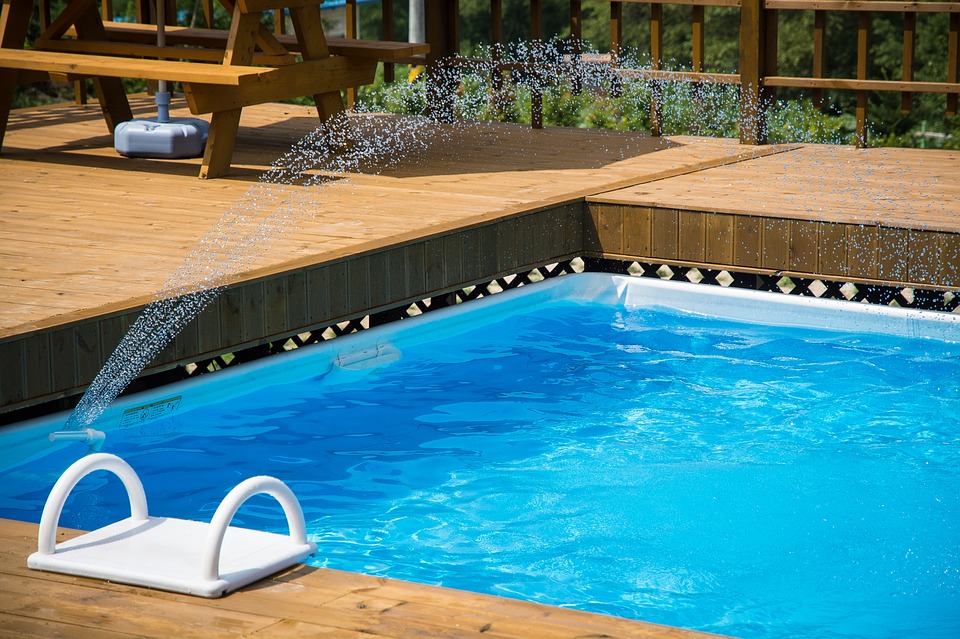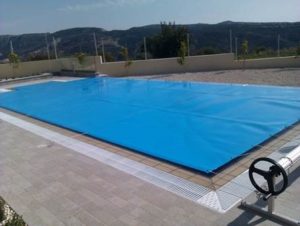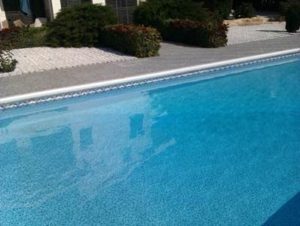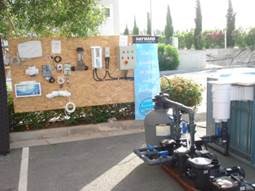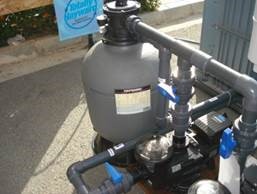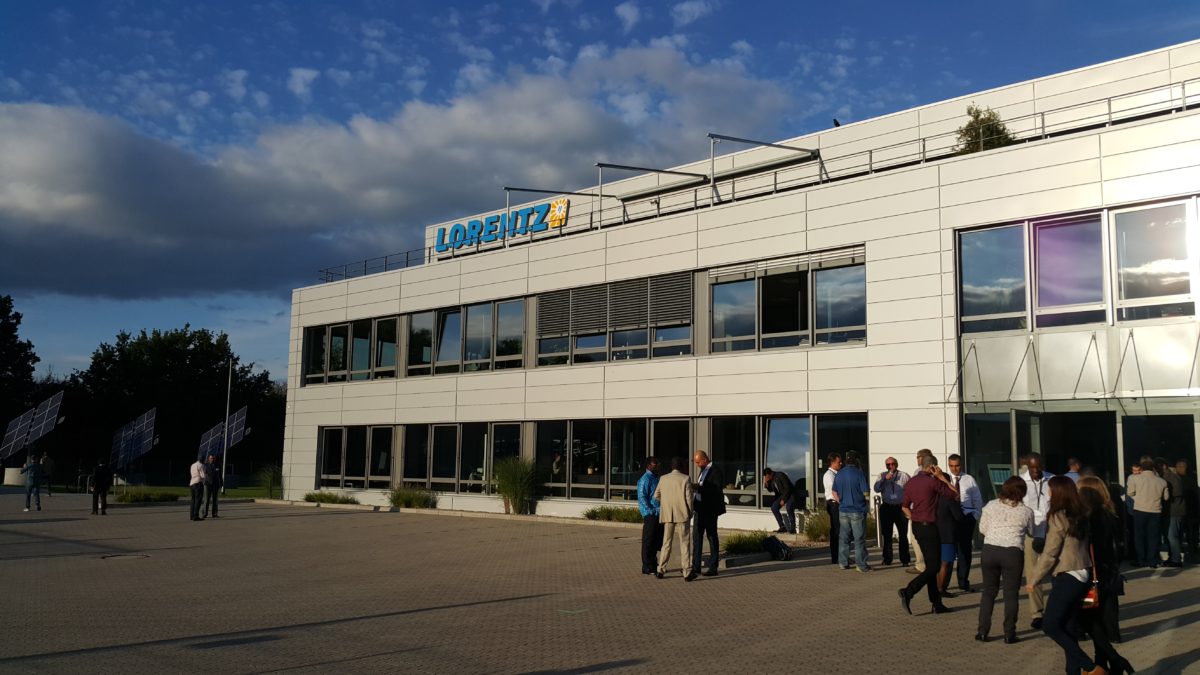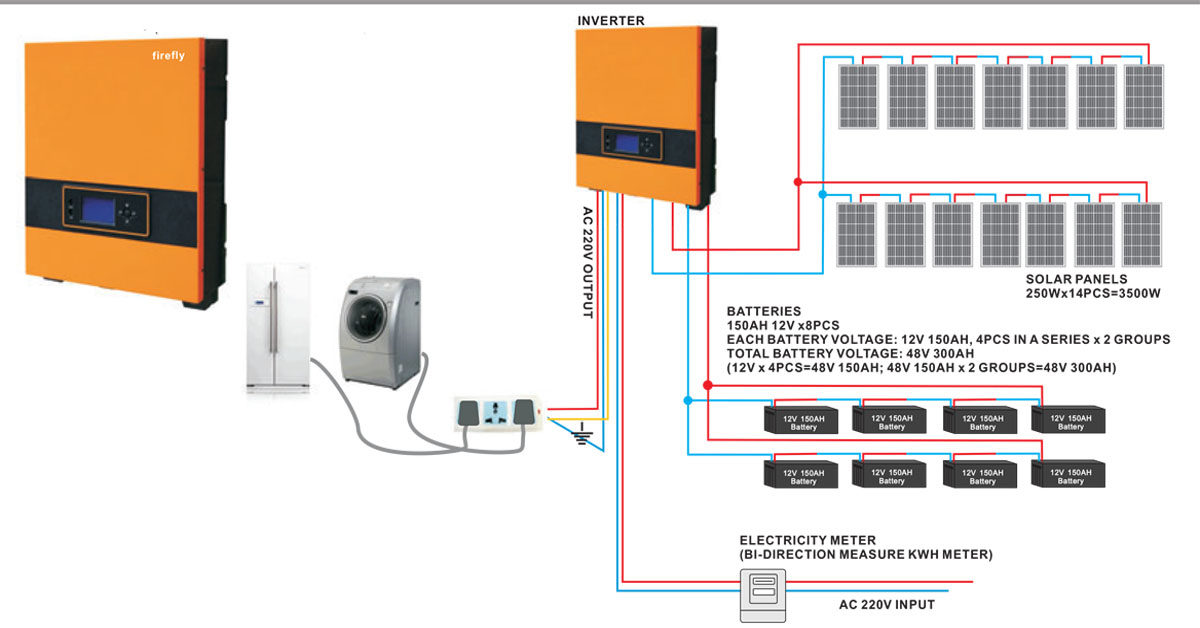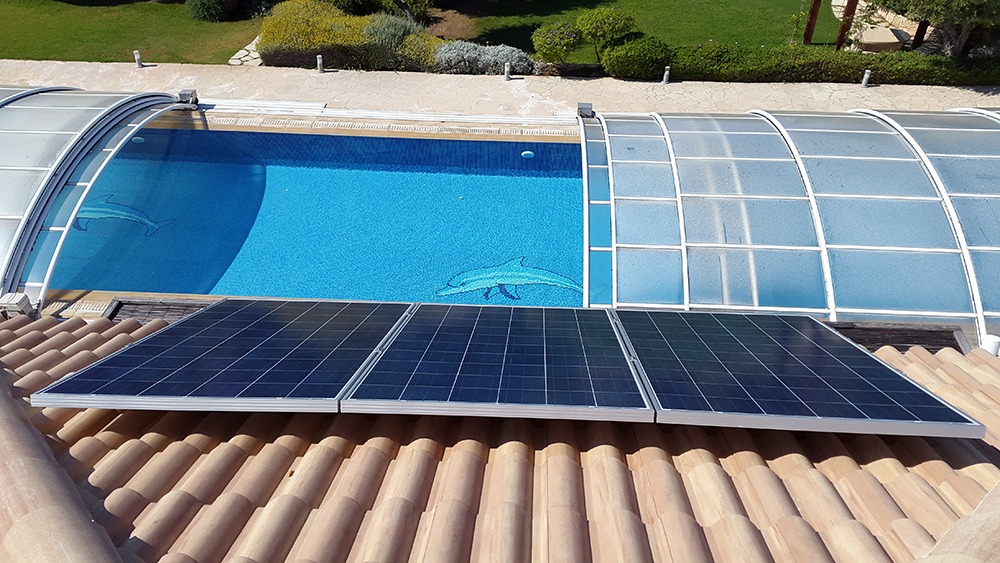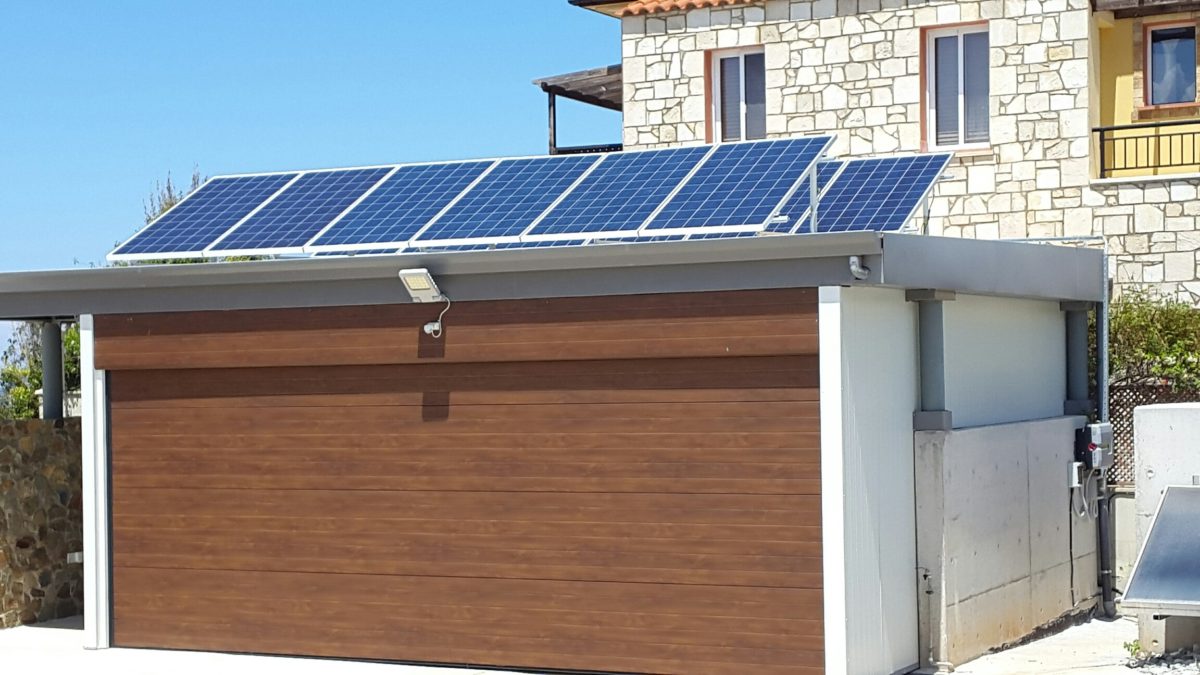A zero energy building (ZEB) produces enough renewable energy to cover its own annual energy consumption requirements, in that way decreasing the use of non-renewable energy in the building sector.
ZEBs use all cost-effective measures to reduce energy usage through energy efficiency and comprise renewable energy systems that produce enough energy to meet remaining energy needs. There are a number of long-term benefits of moving toward ZEBs, including less environmental impacts, lower functional and maintenance costs, better resistance to power outages, natural disasters, and improved energy security.
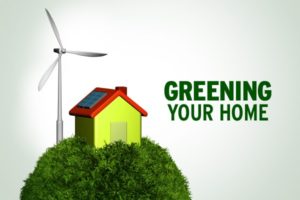
Reducing building energy consumption in new building construction or renovation can be achieved through numerous means, including complete design, reduced plug loads etc. Reduced energy consumption renders it simpler and less expensive to meet the building’s energy needs with renewable sources of energy.
Zero-energy buildings are built with meaningful energy-saving potentials. The heating and cooling loads are reduced by using high-efficiency equipment, added insulation, natural ventilation, high-efficiency windows, and other techniques. These characteristics differ depending on climate zones in which the construction occurs. Water heating loads may be reduced by using heat recovery units on waste water, and by using solar water heating, and high-efficiency water heating equipment. In addition, day lighting with skylights or solar tubes can supply 100% of daytime illumination within the home. Night time illumination is usually done with LED lighting that use 1/3 or less power than incandescent lights, without adding undesirable heat. And various electric loads can be lessened by choosing efficient appliances and minimizing phantom loads or standby power.
ZEBs have a huge opportunity to modify the way buildings use energy and there are an increasing number of building owners who want to achieve this goal. Private commercial property owners are interested in developing ZEBs to respond their corporate goals, and some have already constructed buildings designed to be zero energy.
To find out how we can turn your building into a Zero Energy Building, contact us here.


